Last updated: 11 January 2004
|
Last updated: 11 January 2004 |
Now on to the specifics.
ETX-125. I connected the Autostar Suite to the Autostar (using the shared network capability). I had an Autostar reset while trying to center the Moon in the LPI. Then the Autostar shutoff for some reason. The ETX was still ON but the Autostar wasn't; connections seemed OK. Odd. I started over and the problem did not reoccur. On launch of the LPI app the Moon would briefly appear in the "Live" screen and then disappear. Once I adjusted the exposure as noted above the image would be visible. I did select "Moon" as the object in the LPI app. I got a nice single frame shot of the Moon:
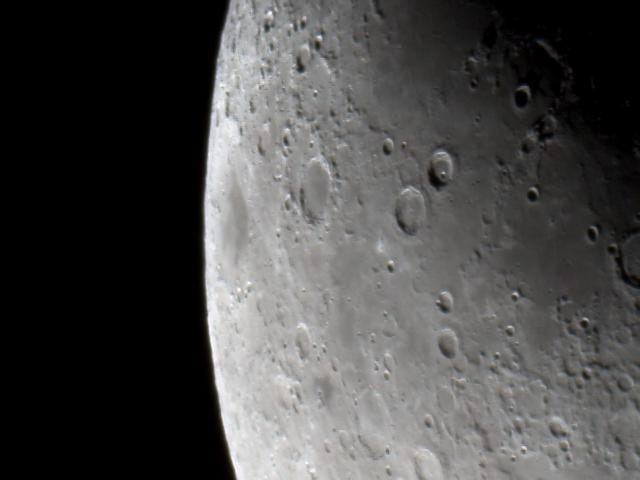
Back in the Autostar Suite starmap I pointed at Mars and selected to slew the telescope to it. It was centered but I couldn't keep it in the LPI FOV. The small FOV of the LPI really makes centering an object challenging. In the interest of time since I wanted to get some shots with each model telescope, I elected to move to the next telescope.
ETX-90RA. In order to demonstrate that you don't need an Autostar to use the LPI, I took these two single-frame photos with my ETX-90RA. The first is with the LPI in the normal eyepiece port and the second with it in the Shutan Wide Field Adapter.
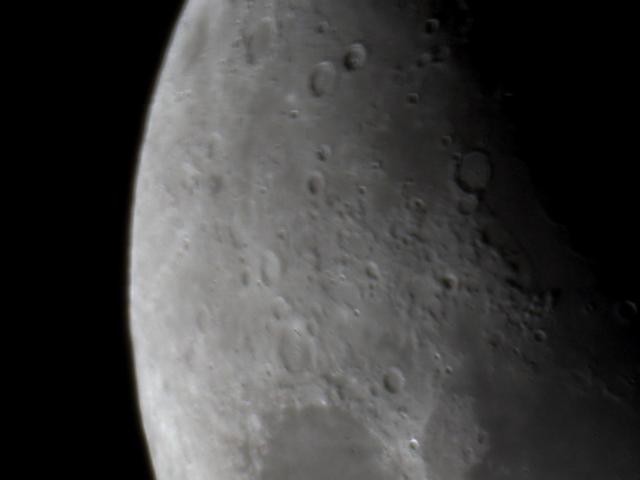
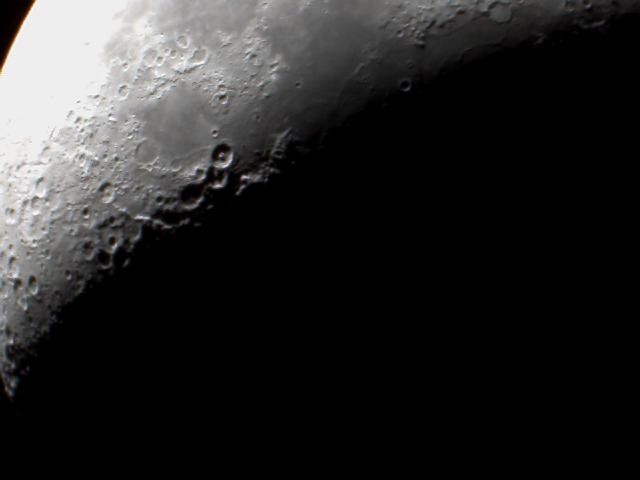
ETX-70. Again, no Autostar was used. I did have to adjust the exposure for this single-frame shot as more of the Moon appeared in the FOV.
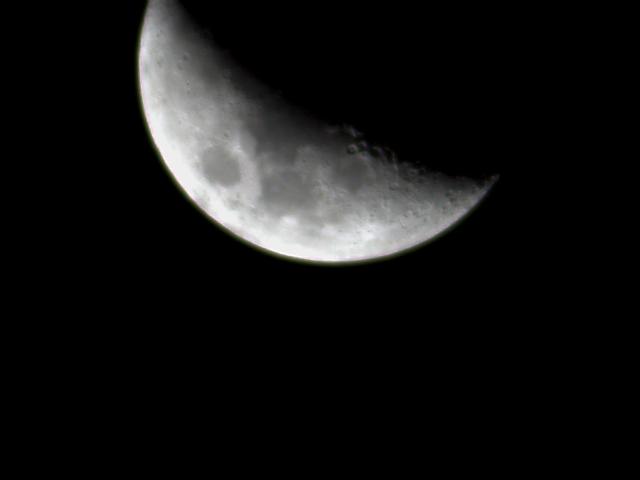
LXD55-8"SC. I didn't connect the Autostar this time either but just went straight to imaging with the LPI. I tried stacking (called "combining" in the LPI app). The first photo is a single-frame one of the Moon:
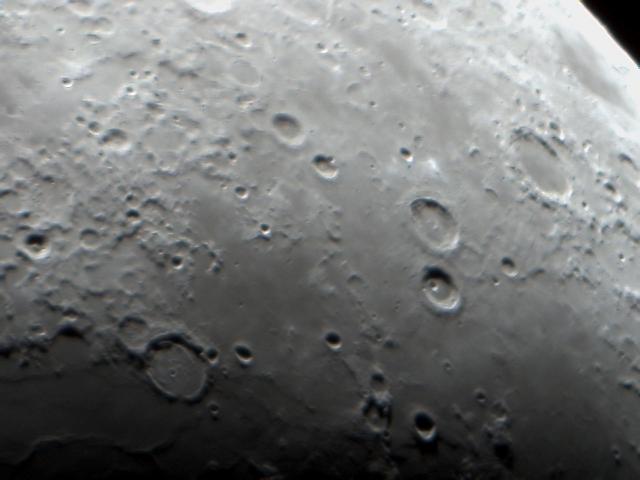
Compare the above to this automatically stacked image (I didn't note the number of images used):
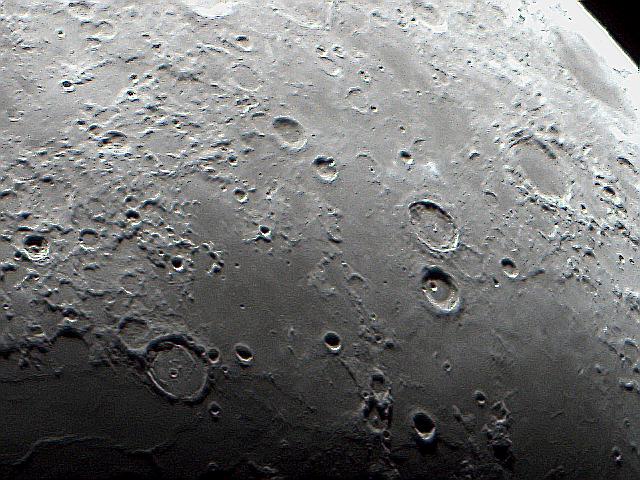
I then moved to Mars. The "Live" screen continued to show the Moon. I had to quit and relaunch the LPI app to get it to "forget" the Moon. Here is a stacked image of Mars (was the focus bad or just atmospheric turbulence?):
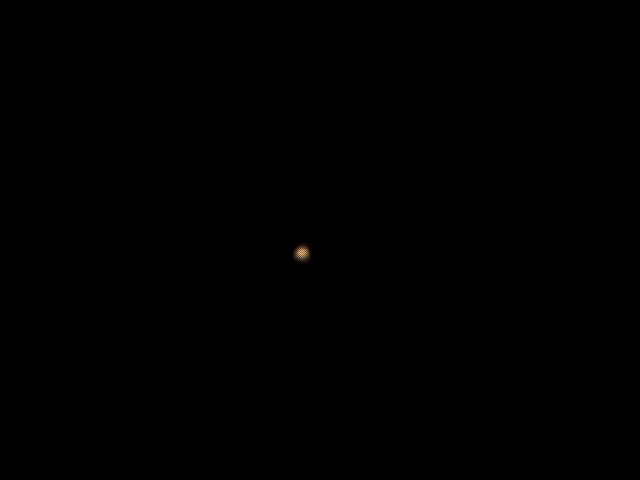
By now, Saturn had risen above some obstructions so I moved to it and I noticed that the focus was definitely "soft". I spent considerable time trying to improve the focus. I managed to get this "interesting" photo of Saturn. This demonstrates what can happen if the telescope moves while images are captured and combined.
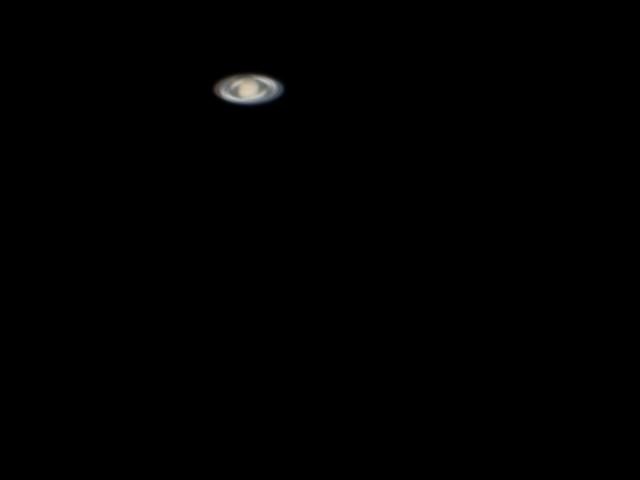
But letting the LPI take two images and combine them resulted in this not too bad photo of Saturn:
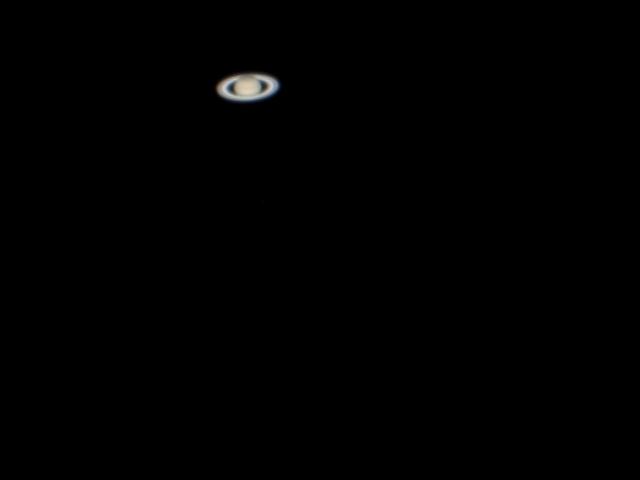
Bottom line: the LPI works and can do some nice astrophotography with any telescope. Using it can be a challenge (as with most imagers) but the results can be worth it. There are many more features and capabilities that I have yet to explore. In the future (when weather and schedule cooperate), I'll report more on the LPI and Autostar Suite. Stay tuned...
Go back to the previous section - Lunar Planetary Imager (LPI)
Go to the next section - Image Processing
Go back to the first section - Introduction
Return to the top of this page.
Go back to the Autostar Information page.
Go back to the ETX Home Page.